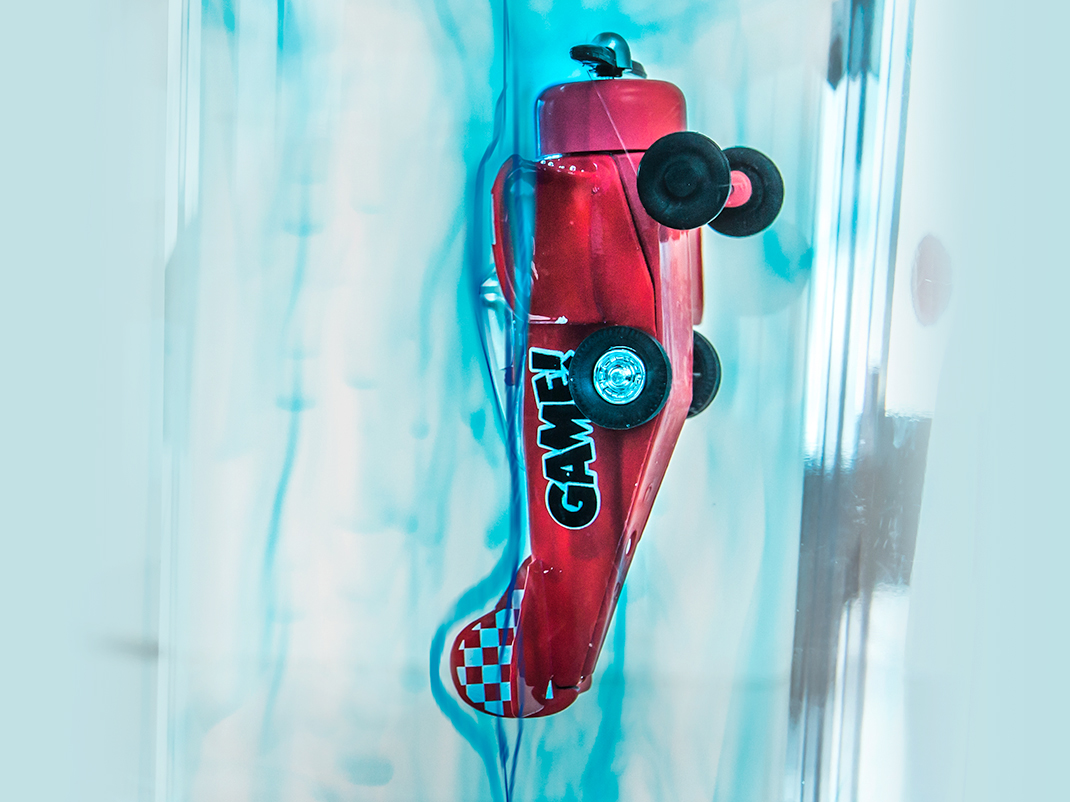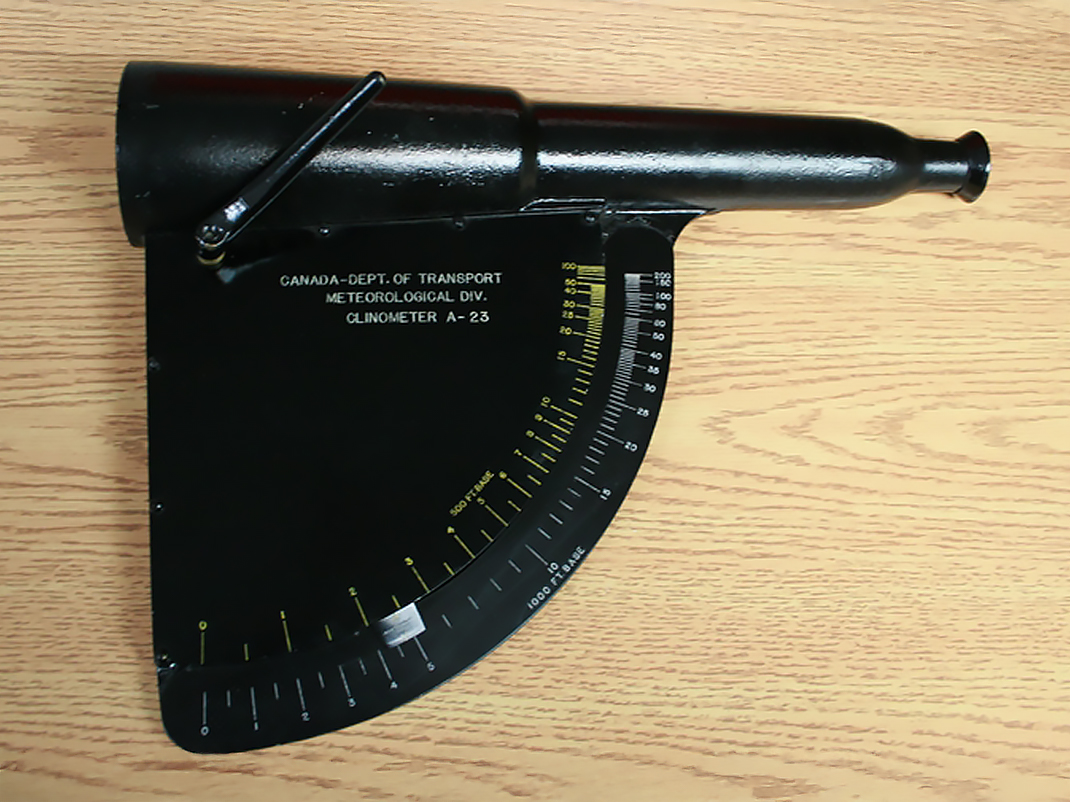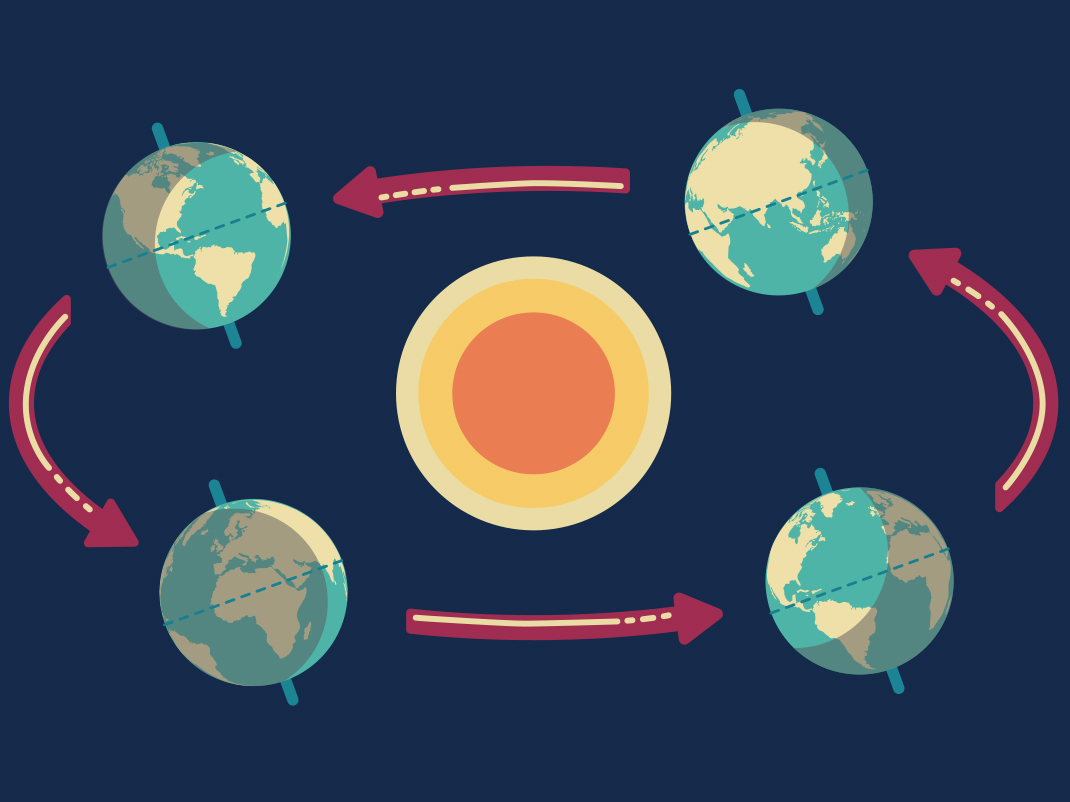Air flow
Grades 2, 6, and 8 (Ontario)
Elementary cycle 2 to 3 (Quebec)
In this lesson plan, students can visualize how air would flow around a real aircraft, using food colouring, water, and a toy airplane.

Share :
Curriculum links
Grade 2
Science and technology: Understanding Earth and space systems
- Air and water in the environment
- Investigate, through experimentation, the characteristics of air
- Investigate, through experimentation, the characteristics of water
Grade 6
Science and technology: Understanding structures and mechanisms
- Flight
- Use scientific inquiry/experimentation skills to investigate the properties of air
- Identify the properties of air that make flight possible
- Describe, in qualitative terms, the relationships between the forces of lift, weight, thrust, and drag that are required for flight
Grade 8
Science and technology: Understanding matter and energy
- Fluids
- Investigate and compare the density of a variety of liquids
- Investigate applications of the principles of fluid mechanics
Elementary cycle 2
Science and technology: Earth and space
- Matter
- Properties and characteristics of matter on Earth
- Soil, water and air
- Properties and characteristics of matter on Earth
Elementary cycle 3
Science and technology: The material world
- Forces and motion
- Pressure (e.g., pressure in a balloon, on an airplane wing)
Materials
- A toy airplane
- A chopstick
- Fishing line
- A clear container
- Water
- Food colouring
Procedure
- Fill the clear container with water.
- Use fishing line to attach the airplane to the chopstick, as if you were making a marionette.
- Suspend the airplane in the water and wait for it to stop moving.
- Carefully drop food colouring into the water over the wings, nose, etc.
- Observe and record what happens!
Suggestions for art activities
We could have spent all day watching the food colouring float through the water as we photographed this experiment! Students can create amazing drawings or paintings, based on the shapes and patterns they see as the food colouring flows through water and around the airplane.
For younger classes, a possible musical activity could involve making up sounds to go with various stages of the process. After watching the experiment once or twice, guide students in thinking up different sounds to associate with the experiment. Does the food colouring go “plop” or “splash”? Is it a high, squeaky sound? Maybe the sounds go fast then slow, or high then low. Have students use their voices and add movement to mimic the food colouring as it wends its way down to the bottom (end with everyone lying on the floor like the food colouring at the bottom of the container).
You may also be interested in

Clinometers
Find out how you can use a clinometer to determine how tall something is in your everyday life! Students can explore this 19th century tool through this educational resource from Ingenium, including downloadable 3D files and activity sheets.

A trip around the sun
Students will learn about day and night and seasonal changes in this educational activity from Ingenium – Canada’s Museums of Science and Innovation.

Everyday energy
Make energy come to life in your classroom with this hands-on lesson plan! Students will explore how different forms of energy power their daily lives, convert their own energy into movement, and investigate real-world applications like hydroelectric dams lighting up an LED bulb. Interactive, engaging, and perfect for curious minds!
